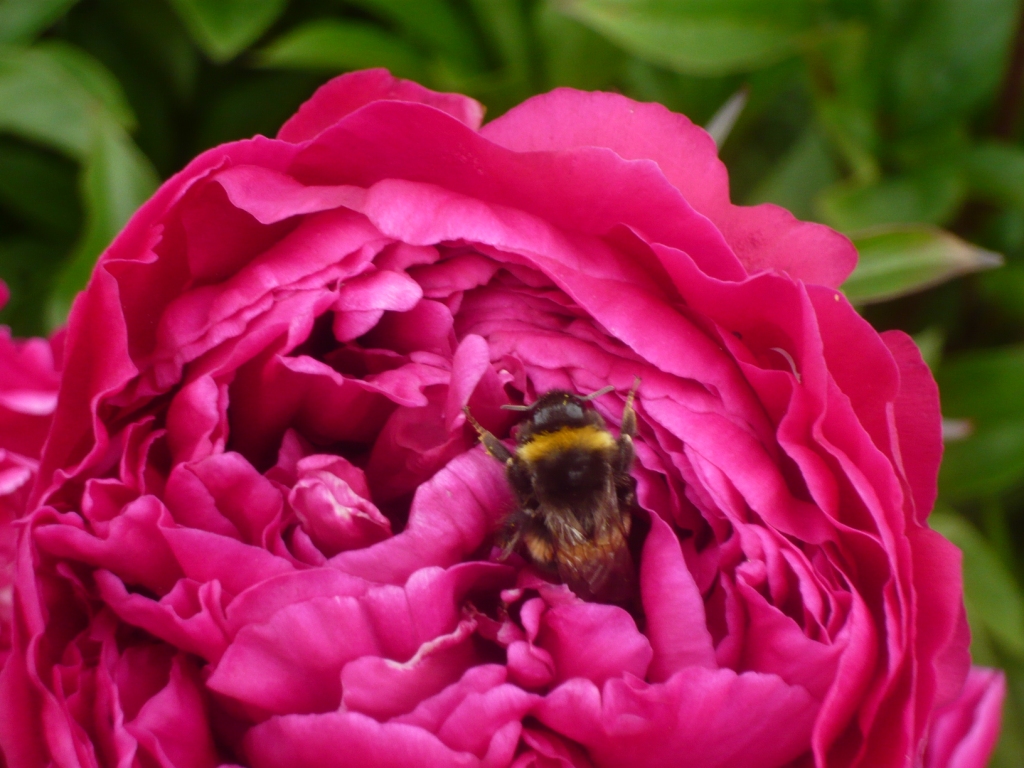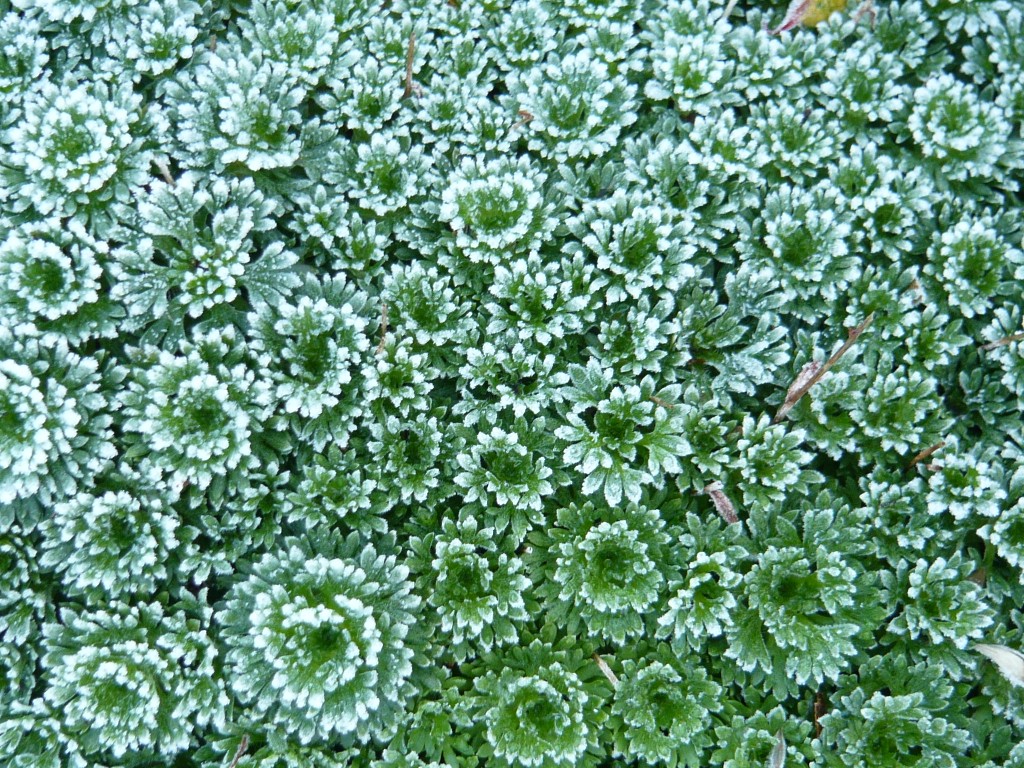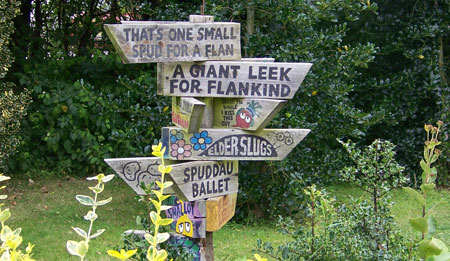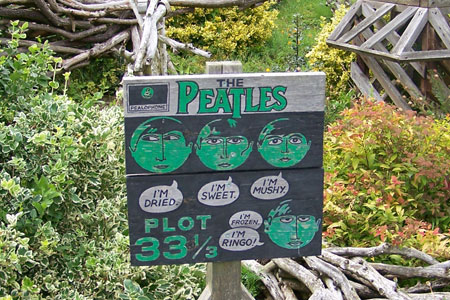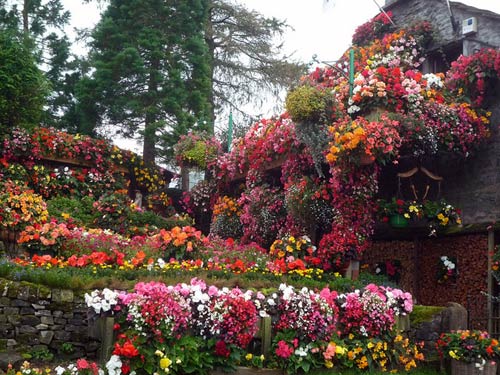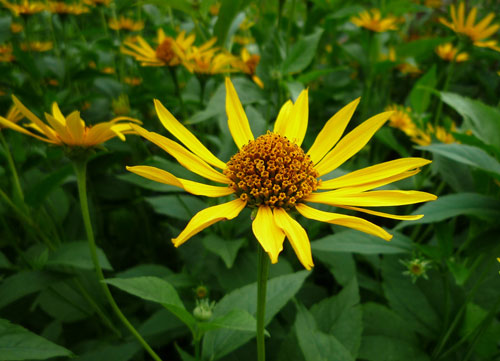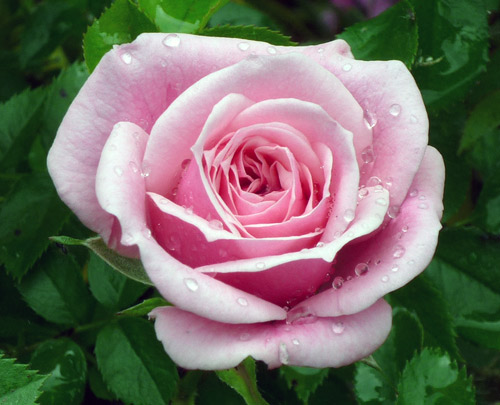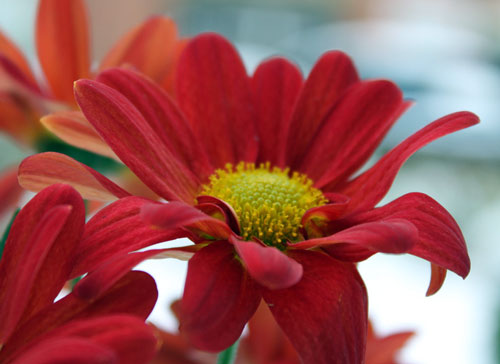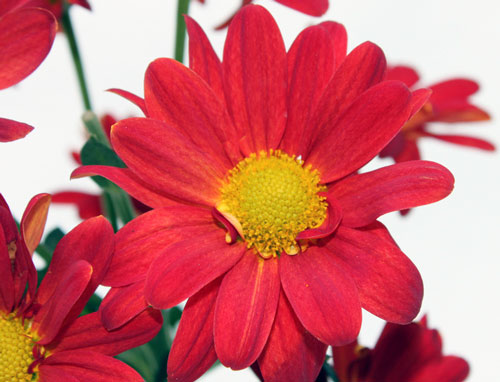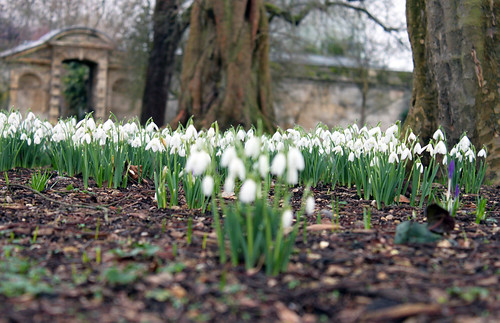Good Tips for Saving Water in the Garden
Recent years, have seen an increase in the number of hot dry spells here in the UK. Conserving water has therefore become increasingly important. Conserving water does not just save money (for those on water meters), but also helps the environment and helps maintain a healthy garden.
1. Install Waterbutt.
The water butt here is attached next to the greenhouse roof, so fills quite quickly. Don’t just install one water butt if you have a large garden use several storage devices for saving water in the garden. Note it is a good idea to use a lid to prevent water evaporation and insect infestations.
2. Saving Grey Water for the Garden.
Grey water from the bath, shower, washing up or washing machine can be used for Saving Water in the Garden. Never use water from toilets or dishwashers nor water containing bleach on your plants. Some experts recommend not using saved grey water on food crops such as soft fruit or vegetable crops.
Grey water can start to smell if stored so get it out intpo a bucket and use it as soon as possible.
3. Mulch in Spring.
In late spring, when the ground has warmed up and the soil is thoroughly moist, you can add a generous organic mulch to the top of the soil. This will help to keep the water moisture for longer. If you are adding organic matter, such as rotted manure, to the soil, it will also help improve the condition of the soil and improve its water retention capacities. This is particularly important for sandy soils.
4. Don’t Fight Conditions.
If you live in a hot, dry climate or have a poor sandy soil, don’t try to grow lots of moisture loving plants. Instead, choose plants which thrive in dryMediterranean conditions. These are often plants with thin greyish leaves, for example, lavenders. This does not mean you will be restricted to growing cactus, there are many colourful plants which can thrive or at least tolerate dry conditions e.g. pelargoniums.
5. Water Properly
When watering make sure the watering reaches the roots of the plants. If you water frequently but little, the watering may do more harm than good. This is because the water won’t penetrate and so the roots will be encouraged to grow up to the surface. Therefore, it is better to encourage deep roots through infrequent watering. This way you use less water, but, it is more effective.
6. Water in Evening.
If you water in the morning, the water is more liable to evaporate in the day’s sun. If you water in the evening, it gives chance for the water to soak down into the ground.
7. Water into a sunken pot.
If you have target plants or trees to water, it is helpful to sink a pipe or plastic pot into the ground. This means the water is targeted to the roots of the plant and doesn’t run off the top of the soil. Water deeply and infrequently for effective results with minimum water usage.
8. Don’t use a sprinkler
A sprinkler is an ineffective way for watering a border. Alot of water is wasted; it is better to target the water directly to base of plants; watering those who need it most.
9. Rainwater Harvesting
The concept of capturing rainwater and storing it for later use is well documented from pre-Roman times. New underground systems are available as a retrofit so you can save water for your garden and household use. Read more from the UK Rainwater harvesting association
10. New Build Rainwater Capture
Progressively new houses are being built with better capture systems. It saves drainage work and run off issues as well as providing an eco-friendly supply of water.
11. Drip Feed Water Saving
Irrigation systems such as those based on drip feed watering is very useful for the greenhouse and containers. No water is wasted and the gardener is in control.
12 Self Watering Pots and Trays
Put a saucer under your garden planters and pots. I water from the bottom by filling the saucer. Some pots now have integral water holding facilities useful for salad crops and hanging baskets.
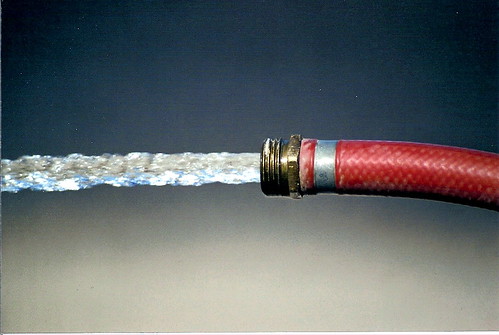
Hosepipe and sprinkler ban – not yet in the North of the UK
Credits
Best Time to water your garden
How to water your garden
Xeriscaping and Other if in drought Watering Tips
GARDEN HOSE – WATER by Beth Kingery CC BY 2.0
If you know of any other tips for conserving water in the garden, please let us know in the comments below.

